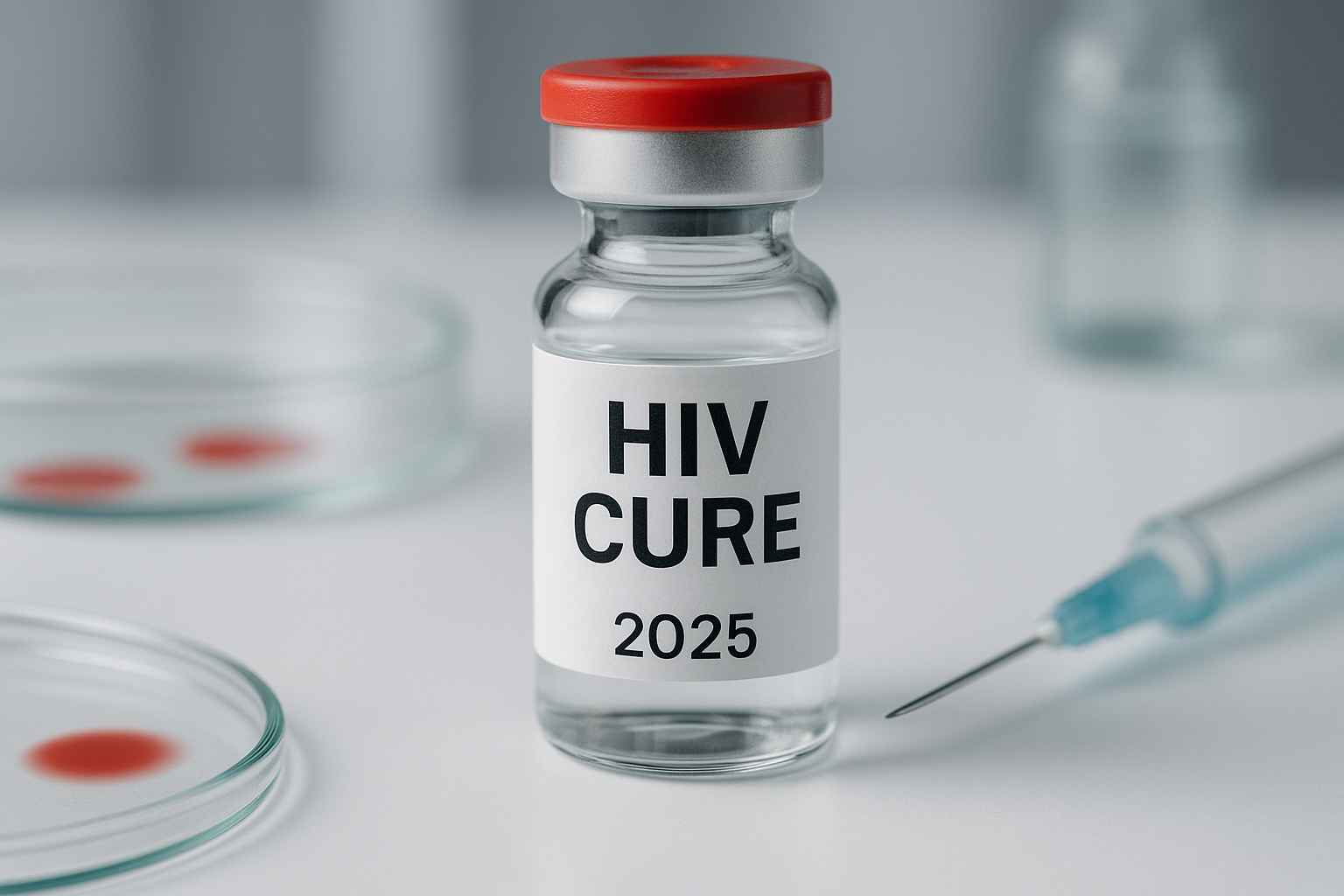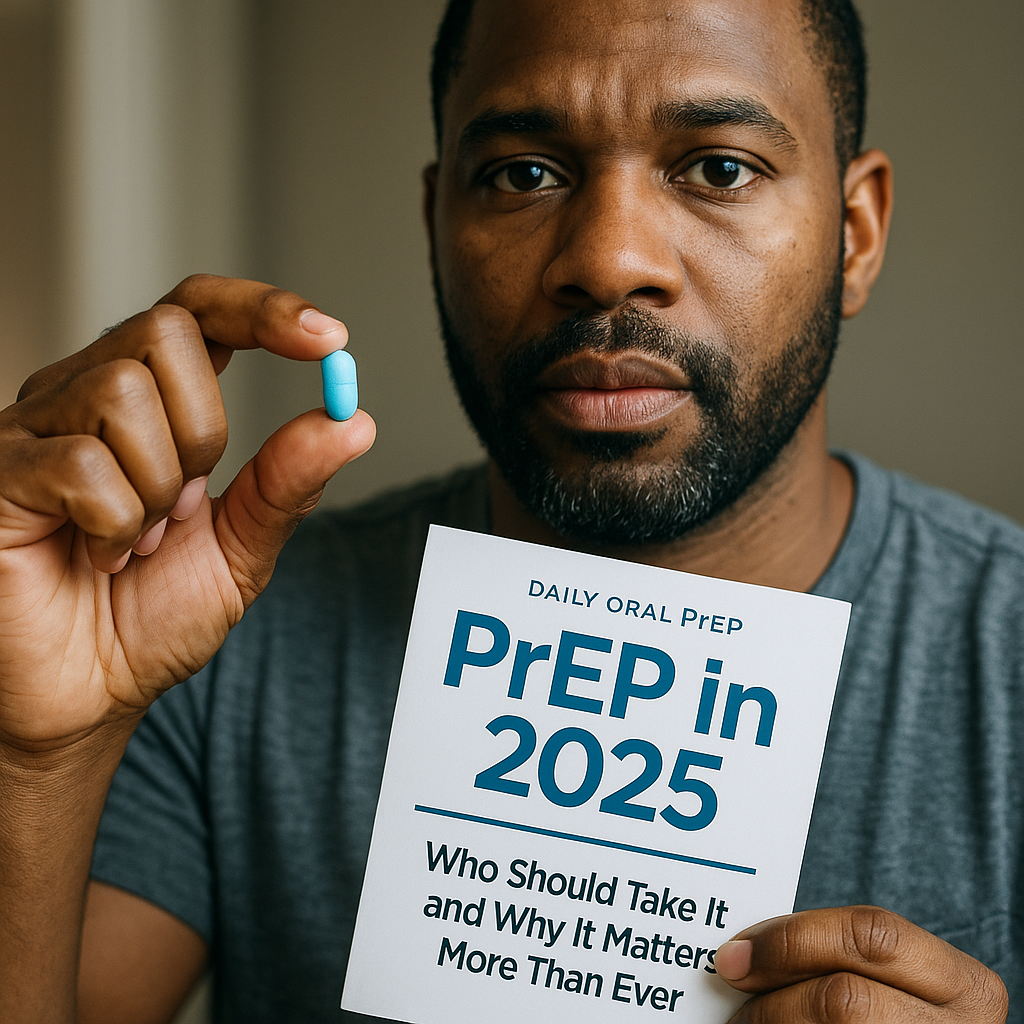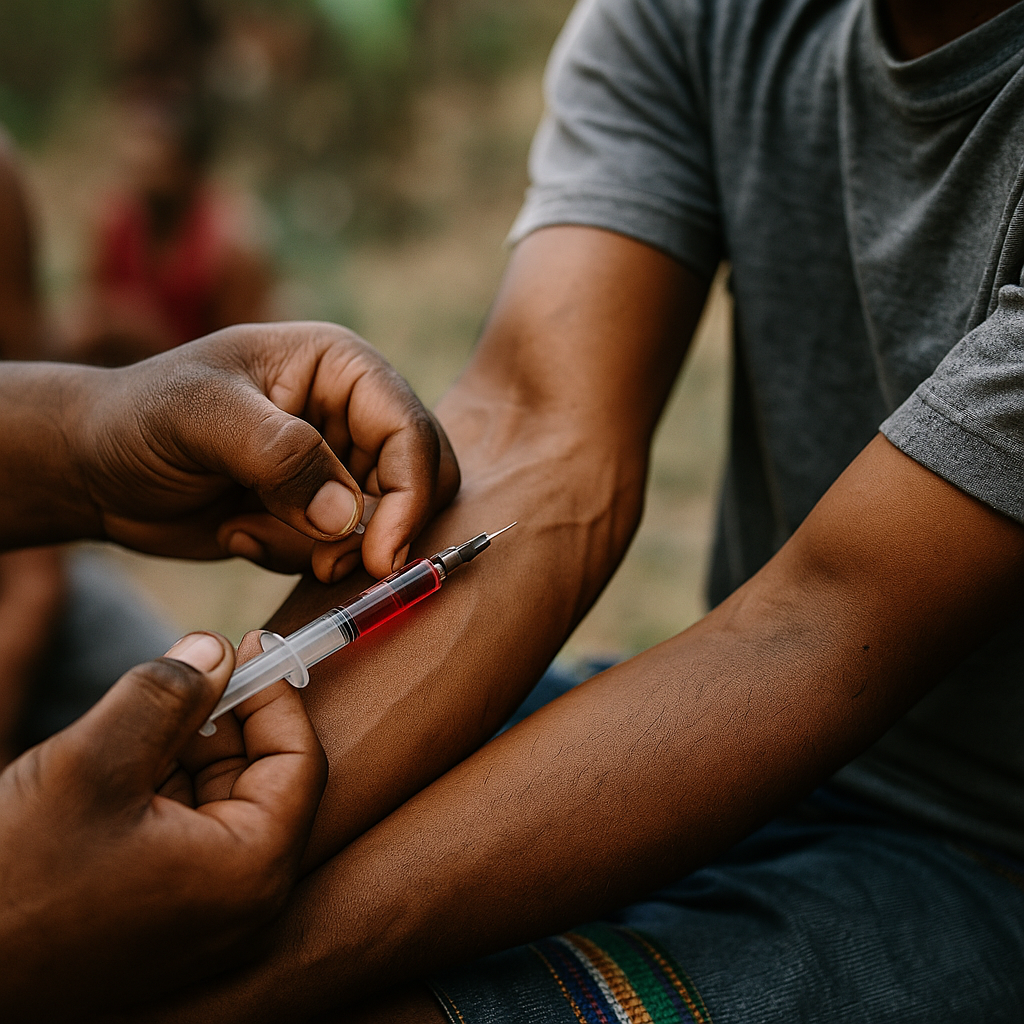Is a cure for HIV finally within reach? For decades, scientists have worked tirelessly toward finding a lasting solution to HIV. In 2025, we’re seeing unprecedented momentum in this pursuit. While no complete cure has been approved yet, significant progress is being made that offers real hope for the future.
Table of Contents
- The Two Types of HIV Cure
- Breakthrough Research in 2025
- Gene Therapy and Immune Strategies
- What a Functional Cure Could Mean
The Two Types of HIV Cure
When researchers talk about curing HIV, they refer to two main types: a “sterilizing cure” and a “functional cure.” A sterilizing cure would completely eliminate HIV from the body. On the other hand, a functional cure allows the immune system to control the virus without the need for continuous treatment, even though traces of the virus may remain.
Most current research is focused on achieving a functional cure. This would be a major step forward, transforming how HIV is managed worldwide.
Breakthrough Research in 2025
This year has brought exciting developments. Scientists have made strides using new combinations of antibodies, antiretroviral therapies, and immune-based treatments. Trials involving long-acting broadly neutralizing antibodies (bNAbs) show promise in suppressing the virus for extended periods without daily medication.
Clinical trials in Europe and North America are testing the combination of vaccines with therapeutic agents to “wake up” dormant HIV cells, allowing the immune system to recognize and destroy them. This approach, often called “kick and kill,” could pave the way for a functional cure.
Gene Therapy and Immune Strategies
Advances in gene editing are also playing a big role. Researchers are using tools like CRISPR to edit HIV out of infected cells. While still in early phases, these trials are progressing quickly. Scientists hope that modifying certain immune cells could make them resistant to HIV infection entirely.
Other strategies aim to enhance the body’s natural immunity. Immune checkpoint inhibitors—originally developed for cancer—are now being tested for their potential to restore HIV-fighting cells and reduce the virus’s grip on the body.
What a Functional Cure Could Mean
A functional cure wouldn’t erase HIV entirely, but it would allow people to stop taking daily medication while keeping the virus in check. That kind of freedom could improve mental health, reduce stigma, and save billions in healthcare costs over time.
It’s important to stay grounded in facts. Although we are closer than ever, there is still much work to be done. But hope is no longer hypothetical—it’s rooted in real data, real trials, and real science.
For updates on treatment and care options, visit Healthcare.pro to connect with current resources and expert guidance.
Conclusion
In 2025, a cure for HIV feels more possible than ever. While no solution is available today, the progress we’re seeing marks a turning point. Scientists, advocates, and patients alike are part of a global movement that brings us one step closer each day. Stay informed, stay hopeful, and stay engaged.
FAQ
Is there a cure for HIV in 2025?
No full cure exists yet, but major breakthroughs are happening. Functional cures are being tested with growing success.
What is a functional cure?
It allows people with HIV to control the virus without daily medication, even though the virus may still be present in small amounts.
What treatments are being explored?
Gene therapy, therapeutic vaccines, immune boosters, and antibody infusions are leading areas of research.
Will these cures be affordable?
Researchers and advocates are working to ensure accessibility, but it may take time for costs to come down after approval.
How can I stay updated on HIV cure research?
Follow trusted medical journals and visit platforms like Healthcare.pro for updates.
This content is not medical advice. For any health issues, always consult a healthcare professional. In an emergency, call 911 or your local emergency services.




